The not so silent T
It used to be that the T in LGBT was largely silent. Not anymore. According to a 2016 survey from the Williams Institute, a think tank focused on research on sexual orientation, it was estimated that about 0.6 percent of the U.S. population, or more than 1.3 million people, identified as transgender. Several sources note that this number could be underreported because many trans people don’t reveal their status as they feel they could be discriminated against.
Transgender is an umbrella term for any individual whose gender identity or gender expression varies from what is typically associated with the sex they were assigned at birth. The definition can be a mouthful, especially if you aren’t used to thinking of gender and sex as different things or if you don’t experience that dichotomy.
What You Say Matters
With transgender massage clients, there are a few specific ways to really show that sensitivity. First, it is essential that you always use the name and pronouns your client identifies with.
Being transgender, or trans, is only one aspect of who a person is. They still have a life, work, interests and relationships that are separate from their gender identity. Just as a cisgender woman may describe herself as a mother, daughter, writer, friend and activist, so might a transgender woman. The adjective in front is different, but the humanity remains the same.
Gender Dysphoria
For some transgender people, the difference between the gender they are thought to be at birth and the gender they know themselves to be can lead to serious emotional distress that affects their health and everyday lives if not addressed. Gender dysphoria is the medical diagnosis for someone who experiences this distress.
Gender dysphoria can often be relieved by expressing one’s gender in a way that the person is comfortable with. That can include dressing and grooming in a way that reflects who one knows they are, using a different name or pronoun, and, for some, taking medical steps to physically change their body
It’s important to remember that while being transgender is not in itself an illness, many transgender people need to deal with physical and mental health problems because of widespread discrimination and stigma.
To apply that word to gender—something cisgender individuals have no reason to question—is to connect it with a key aspect of who you are. Massage is a way to bring transgender people comfort and show them their body is still worthy of care.
Transgender clients come to massage therapists seeking pain and stress relief, and the sanctuary that our hands and tables can provide. It is our role to hold the space and allow them to experience safe, compassionate touch. It is our role to show each of them that their body, regardless of how far they have or haven’t transitioned, is worthy of care.
